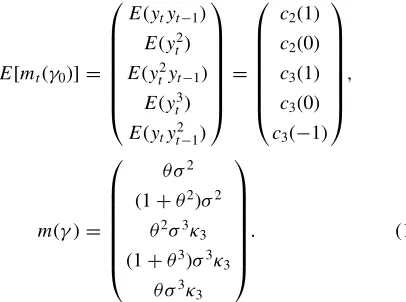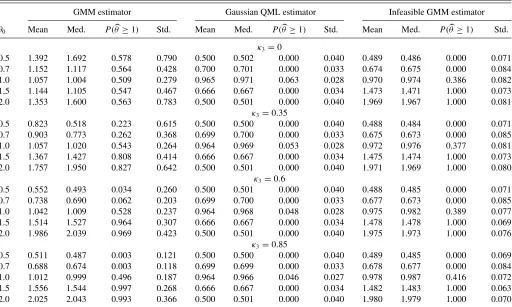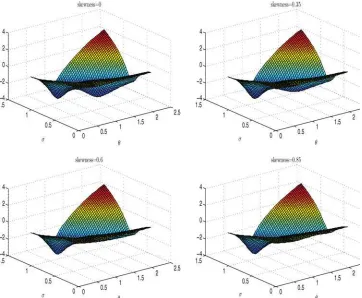07350015%2E2014%2E955175
Teks penuh
Gambar




Garis besar
Dokumen terkait
Since we are able to prove the existence of (possibly discontinuous) radiative shocks for general strictly convex scalar models and general large admissible shocks, our existence
This paper sets out to blend the advantages of VAR models, which forecast well, with those of dynamic stochastic general equilibrium (DSGE) models, which have fewer free
In both dynamic regression and multivariate volatility models, these general strategies have been usefully applied to induce global shrinkage to zero of parameter subsets, zeroing
Even if parameters are identified, weak identification can lead to relatively flat regions of the likelihood function where the prior is extremely influential. Such concerns have led
Local identification of the parameters of the model ( 4 )–( 6 ) requires that the objective function have a unique extremum in correspondence with the true parameter vector; that
Recently, model selection with a large number of parameters has been analyzed in least squares by Huang, Horowitz, and Ma (2008) and Zou and Zhang (2009), where the first
To cite this article: Mehmet Caner & Xu Han (2014) Selecting the Correct Number of Factors in Approximate Factor Models: The Large Panel Case With Group Bridge Estimators,
This corroborates our finding from Section 4.1 that the pricing performance of the EZ model is rather similar to the ambiguity sensitive models, that is, an ambiguity neutral

